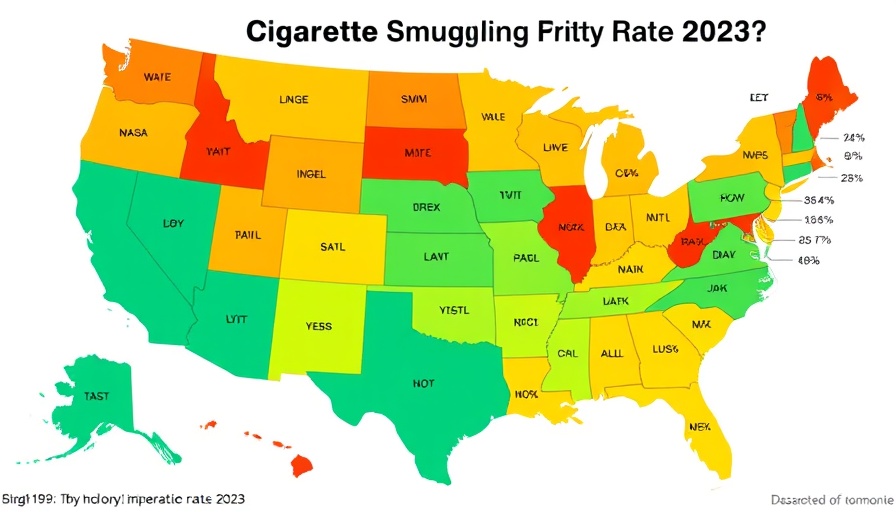
The Impact of the One Big Beautiful Bill on Your Taxes
The One Big Beautiful Bill Act (OBBBA), passed in July 2025, represents a transformative shift in the landscape of federal taxation for individuals and businesses across America. As the most significant legislative change since the Tax Cuts and Jobs Act (TCJA) of 2017, it not only solidifies previous tax cuts but also introduces new benefits that can reshape financial planning for many.
Key Features of the OBBBA You Should Know
The legislation ensures the permanence of individual tax changes instituted by the TCJA, a crucial aspect for approximately 62% of tax filers, who would have otherwise faced an increase in taxes come 2026. Among the standout features are new deductions applicable to tipped and overtime income, an expanded child tax credit, and a more generous standard deduction. Moreover, the OBBBA introduces incentives for businesses, including permanent 100% bonus depreciation and the expensing of domestic research and development operations, which could stimulate innovation and growth.
Understanding Geographic Tax Benefits of the OBBBA
According to data from the Tax Foundation, the OBBBA is set to deliver average tax cuts across the nation, but the distribution of benefits varies significantly based on geographical location. For instance, tax filers in Wyoming are projected to see the most significant average reductions of $5,375, while Mississippi and West Virginia will experience comparatively smaller cuts of $2,401 and $2,503, respectively. Such differences underline the importance of understanding local taxation dynamics, especially for CPAs and small businesses that rely heavily on accurate tax forecasting.
The Future Financial Landscape for Businesses and Individuals
As we approach 2030 and beyond, the effects of the OBBBA will continue to evolve. The average tax cut for individual filers is forecasted to drop to $2,505 by the year 2030 due to the scheduled expiration of various deductions, before rebounding to $3,301 by 2035. This fluctuation may necessitate proactive financial planning, where businesses and individuals must reassess their strategies periodically to leverage available deductions while preparing for future tax adjustments.
Exploring Challenges Ahead: The SALT Deduction Cap
A critical aspect of the OBBBA is the state and local tax (SALT) deduction cap, initially set at $40,000, which will revert to a $10,000 limit post-2029. This provision might disproportionately impact higher-tax states and could signal an uptick in discussions around tax reforms at state levels, prompting business owners to continually evaluate their operational costs and locations based on tax implications.
Navigating Changes: Actionable Advice for CPAs and SMBs
For CPAs and small to medium businesses, leveraging the insights provided by the OBBBA effectively means staying informed about legislative updates and their implications for clientele. Regularly updating financial models to accommodate for tax changes can help business owners remain agile in their strategies. Consider employing accounting software that integrates tax changes, training staff on updated regulations, and reassessing the impact of these deductions on financial health.
Conclusion: Time to Take Action
As the OBBBA brings significant changes to federal tax legislation, it presents both opportunities and challenges for businesses and tax professionals. Stay ahead of the curve by educating yourself on the benefits and pitfalls that accompany this bill. Evaluate your current strategies, assess the unique tax benefits for your locality, and engage with your CPA to maximize your tax efficiency in light of these changes.
 Add Row
Add Row  Add
Add 




Write A Comment